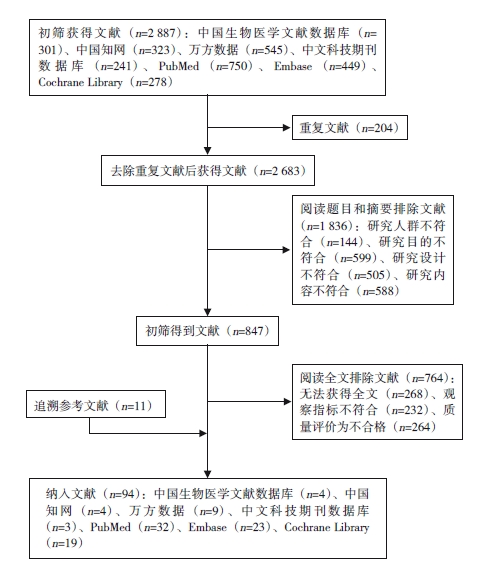 PDF(805 KB)
PDF(805 KB)


Expert consensus on parenteral nutrition management in neonates (2025)
Nutritional Committee of Neonatology Branch of Chinese Medical Doctor Association; Preterm Committee of Neonatology Branch of Chinese Medical Doctor Association; Editorial Committee of Chinese Journal of Contemporary Pediatrics
Chinese Journal of Contemporary Pediatrics ›› 2025, Vol. 27 ›› Issue (3) : 247-261.
 PDF(805 KB)
PDF(805 KB)
 PDF(805 KB)
PDF(805 KB)
Expert consensus on parenteral nutrition management in neonates (2025)

Parenteral nutrition / Nutrient / Amino acid / Lipid emulsion / Expert consensus / Preterm infant